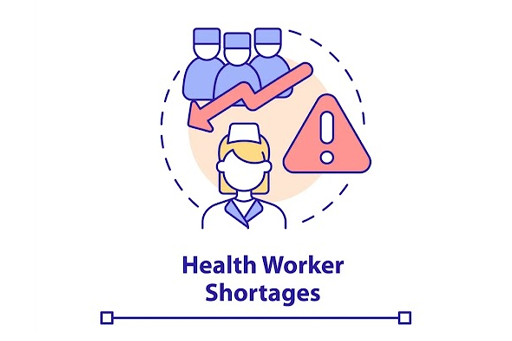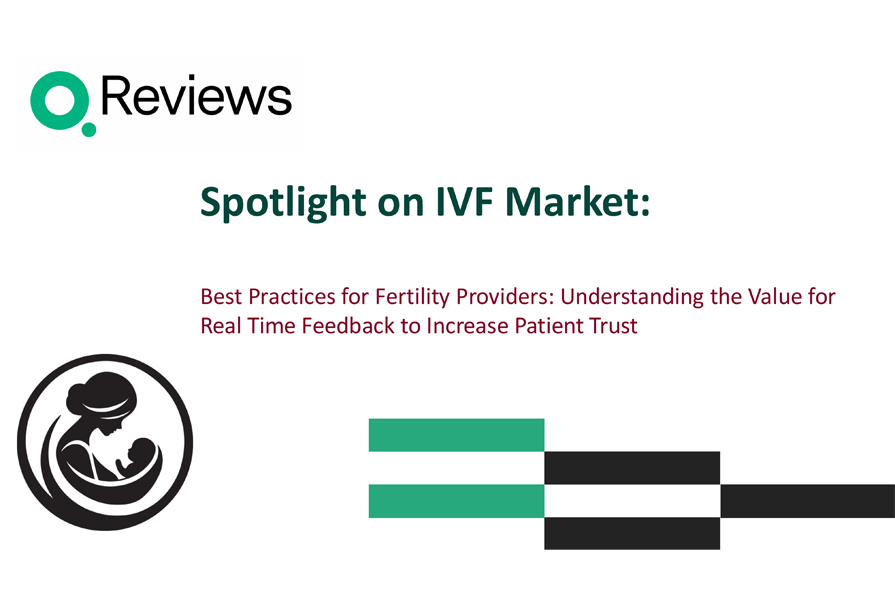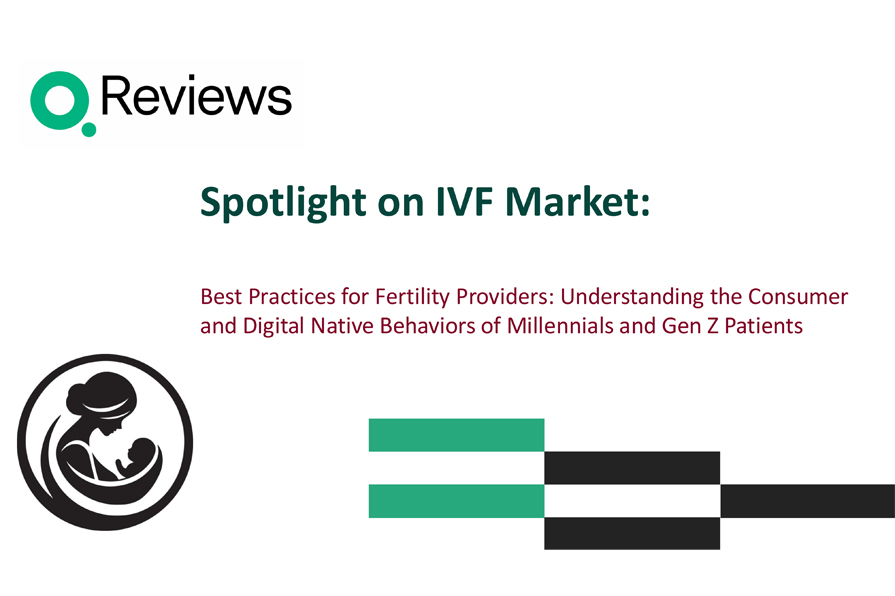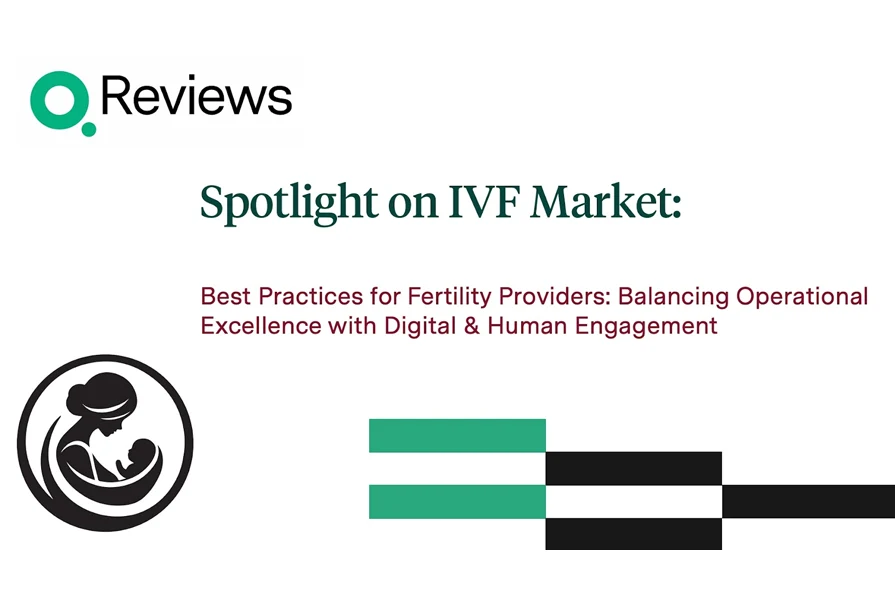
Fixing Tech for Providers: Ensure Digital Tools Are Designed Around Physicians to Truly Support Their Work

How Technology Can (and Cannot) Help Reduce Physician Burnout
Physician burnout is a growing crisis in healthcare, fueled by the high demands of the profession and compounded by well-documented systemic inefficiencies derived from misalignment across different stakeholders in the value chain. Characterized by emotional exhaustion, cynicism, and a diminished sense of accomplishment, burnout affects at least half of U.S. physicians, as reported by athenahealth’s 2025 Physician Sentiment Survey. In addition, the American Medical Association projects a physician shortage by 2034–2036, with early retirements driven in part by burnout and its more odious cousin, moral injury. Rates as high as 61% have been observed in certain specialties, with consequences ranging from reduced care quality, access, and lower patient satisfaction to increased medical errors and job turnover.
However, there seems to be a positive shift in how physicians view their job. Based on excerpts from athenahealth’s 2025 Physician Sentiment Survey, there has been a noticeable decrease in physician burnout and a rise in job satisfaction compared to the previous year (46% of physicians reported burnout in 2025 vs. 51% in 2024). A key factor attributed to this positive shift is the increasing adoption and benefits of AI in healthcare, particularly for reducing administrative tasks and improving clinical documentation. While AI is helping in some areas, physicians still face challenges with an increase in patient communication and the need for better data exchange and interoperability. The survey highlights that utilizing AI to manage simpler patient inquiries and streamline data could further enhance efficiency and allow physicians to focus on patient care.
Some key data points from the 2025 Physician Sentiment Survey (PSS) conducted by The Harris Poll on behalf of athenahealth:
🤖 Impact of Artificial Intelligence (AI)
- 68% of physicians reported increased use of AI for generating clinical documentation.
- Skepticism about AI is decreasing: only 27% believe AI is overhyped (down from 40% last year), and 31% fear it would complicate healthcare (down from 42%).
- However, concerns remain: 61% worry about losing the human touch in care, 58% about overreliance on AI for diagnoses, and 53% about improper AI diagnoses
🔄 Interoperability and Data Sharing Challenges
- 91% of physicians agree that improved data exchange between systems could enhance patient outcomes.
- Over 50% regularly feel frustrated by difficulties in accessing clinical information from other providers.
- 80% report increased stress due to data-sharing barriers
💰 Financial Concerns and Operational Adjustments
- 56% of physicians expressed worry about their organization’s financial stability.
- 49% are contemplating operational changes to mitigate financial strain, primarily driven by low reimbursement rates (69%) and staffing costs (66%)
📱 Patient Portals: Benefits and Burdens
- 73% of physicians say patient portals facilitate communication, and 61% say they have improved care quality
- However, 83% say they increase administrative workload, and 68% feel overwhelmed by patient inquiries
Technology has played a complicated role. While health IT promised to ease burdens, the reality—particularly with electronic health records (EHRs)—has often been the opposite. EHR-related documentation burdens, after-hours work (“pajama time”), high message volumes, and poor user experience all correlate strongly with burnout. One study found that internal medicine residents spent most of their time on indirect patient care, largely due to documentation demands.
Yet, when thoughtfully implemented, technology can be part of the solution. The key is understanding clinical and administrative workflows and targeting bottlenecks. Here are several ways digital tools can help relieve the administrative burdens placed on physicians:
1. Optimizing EHR Use and Workflows
- Improve usability: Enhancing EHR functionality and user experience reduces the time spent on data entry and retrieval.
- Use dictation and smart templates: Tools like Dragon and M*Modal improve clinical documentation, while specialty-specific templates and AI-driven “smart phrases” streamline repetitive charting.
- Leverage superusers and training: EHR experts can tailor workflows, reduce clicks, and support colleagues with personalized training.
- Set clear off-hour boundaries: Institutions can normalize boundaries by discouraging after-hours EHR use and scheduling protected admin time.
- Reassess documentation expectations: Avoid overdocumentation and focus on utility rather than perfection in notes.
- Utilize widescreen and summary views: Enhancing visual access and data summaries within EHRs can reduce cognitive load and speed up work.
2. Improving Patient Engagement
- Expand telehealth and messaging tools: These technologies can reduce call volume, streamline follow-ups, and reimburse for previously uncompensated care.
- Use AI to triage messages: AI chatbots and intelligent routing can handle simple patient queries, allowing clinicians to focus on complex issues.
- Enhance patient portals: Though message volume has grown, portals offer efficient channels to communicate without phone tag.
- Integrating and modifying existing workflows: ensure that the tech is fitting into workflows and not the opposite.
- Clinical Advisory and Expertise: ensure that clinicians have input into the adoption and implementation of the tech to ensure that existing workflows are made more efficient without sacrificing clinical excellence.
- Adopt Enhanced Administrative Workflows: ensure that service line administrators and operational executives have input into confirming that the digital engagement solution improves existing workflows to offer patients a more seamless experience.
3. Enhancing Mobility and Information Access
- Use mobile devices and wearables: Tablets and smartwatches can improve efficiency, streamline alerts, and facilitate data entry or review.
- Unify software platforms: Merging EHR, scheduling, and other tools into one interface simplifies workflows and reduces login fatigue.
- Access clinical decision tools: Platforms like UpToDate make quick clinical decision-making easier.
- Improve interoperability: Better data exchange reduces redundancy and speeds up diagnoses, especially with AI-powered summarization.
4. Leveraging Artificial Intelligence (AI)
Boost morale: As AI evolves, physicians are reporting improved work satisfaction and rediscovering meaning in their practice.
Reduce clerical load: AI-powered tools help automate charting and administrative tasks, freeing physicians to focus on care.
Ambient note generation: Tools that transcribe and summarize clinical conversations are already improving documentation quality and physician satisfaction.
What Technology Can’t Do
While technology, in particular AI, can be an integral part of the solution in helping physicians focus on clinical medicine, it is not a panacea. Without proper integration into complex workflows supplemented with support from subject matter experts, the promise of AI and its derivative technologies will ultimately suffer the same fate as incumbent EHR vendors. Healthcare, as they say, is different. Whereas in other industries, a customer can swipe a credit card, establish a username and password, and be off to the races, in healthcare the reality is more complex. And that’s ok. We as technology vendors must offer a strong consultative layer of support that goes far beyond password resets and troubleshooting bugs. In order for digital health technology companies to deliver on the promise of making life easier for physicians, technology executives must bring a solutions-oriented, client-centric approach to service delivery. This means adopting an empathetic level of understanding of both the day-to-day and strategic challenges of physicians and the organizations in which they work. No amount of AI will traverse this last mile in the near term.
Conclusion
To make a lasting impact on physician burnout, technology must be developed and deployed with clinicians’ needs in mind. Solutions designed with physician input—and backed by thoughtful training and support—can significantly reduce administrative burdens, enhance satisfaction, and ultimately, improve patient care.
Empowering physicians with the right tools isn’t just about efficiency; it’s about restoring the joy and purpose that brought them to medicine in the first place.
References:








